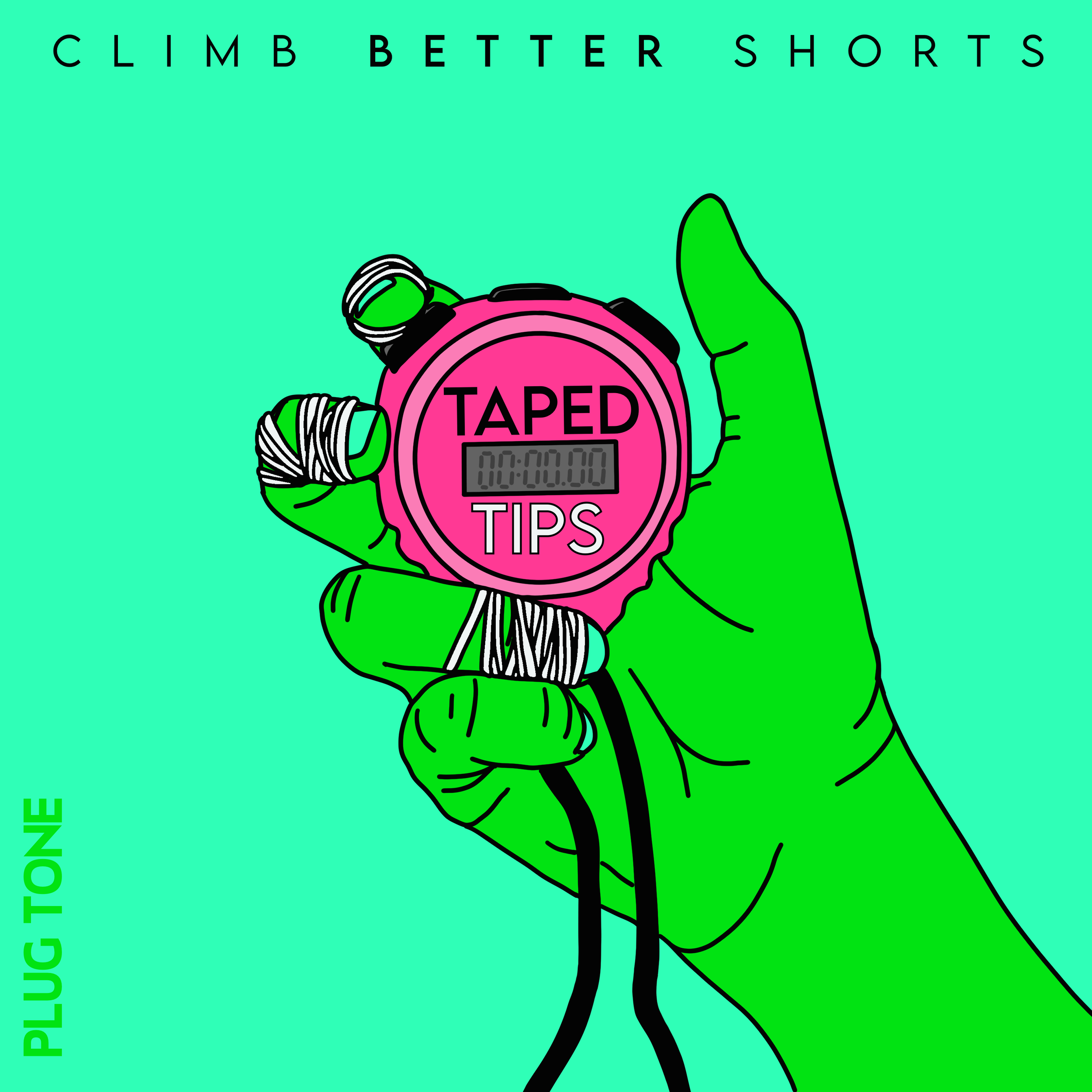Taped Tips | When Beta Isn't Better
You’re a coach, or a climbing partner, or simply a concerned friend. You’re watching your client, student, partner, or bestie struggle. And you want to help.
But how?
That’s actually a great question. Because the answer is situational. It entirely depends on the goal.
Today, we’re going to learn why.
So, is this practice? Is the goal to learn?
Or, is this performance and the goal is to send?
See, there is a huge body of research into how coach feedback affects athletes. And while, like all sports science, it depends in large part on the individual, there are some simple general “rules” that we can follow.
First, the timing of your feedback is important. Science, because it often likes to use words that we would almost never choose in real life, says that feedback can be given concurrently or terminally. This means that you can discuss it during the attempts (concurrently), or afterward, maybe on the drive home (terminally). The sports scientists, they say that there’s a difference. Discussion during the attempts is better for performance, while discussion after the fact is better for learning.
So let’s say you and your partner are in the gym for a training or practice session. Or maybe even outside getting some attempts on a boulder that represents an anti-style that your partner hopes to get better at. The goal here is probably to learn. So you – the partner, coach or concerned friend – should stop giving beta.
Conversely, what if it’s the last day of the trip and these attempts need to count? The heat of the summer is moving in next week and your partner is going to need good conditions to get the thing done. Or, simply, the focus of the day at the gym is testing the skills you’ve been building. Well, this sounds like performance. So, spray away – assuming your partner WANTS that spray. Asking first is simple.
Timing isn’t all that matters. How often you’re giving feedback is another factor that needs to be considered. In general, researchers have found that more feedback impairs learning, but improves performance – to a point.
In 1998, a study conducted by Weeks and Kordus found that when learning a soccer throw-in, athletes that received technique tips on every throw ended up doing worse than the group who only got feedback on 1 out of every 3 throws. That group – the 1 out of 3 – showed better form, better transfer at different distances, and did better on skill-retention tests.
So in that must-send situation, more is sometimes better – but be careful not to overdo it. To be honest, the constant, incessant spray is annoying as hell, anyway, even if it were better for performance. Which, in the quantities I hear at the crag, it likely isn’t.
But for learning, less is definitely better. We have to let climbers struggle a bit for them to learn. Even if you, the coach, knows the answer. Even if you can do that move in your sleep and they just haven’t found the right position yet but it’s RIGHT THERE AND THEY ARE SO CLOSE. Even then. Keep your mouth shut. Let them learn.
So maybe, before you decide to spray or to give your partner technique tips, consider the situation. Consider the goal. Do they need to do that move today? Or is it going to be more valuable for them to struggle?
To recap: If the goal is to learn, then give less feedback, particularly while they are trying to figure out how to do the moves.
If this is performance, and sending is what needs to happen, then by all means, with permission, help them the best you can. Work through the beta with them while they are in the thick of it.
And when I say “work through the beta”, that’s what I mean. Work through it. Don’t just tell them exactly how to do the move unless you are absolutely sure that you know how they should do it. I mean, we’ve all given beta to someone that they couldn’t make work, but then they try a solution that is impossible for us and they find it so much easier. So are you positive your way is best?
Maybe just keep this in mind: While I can’t cite any studies – though I’d bet they are out there –
if you find yourself extremely sure most of the time that your way is the best way for everyone, then you’re probably usually wrong.
In our Coaching for Mastery course, we go DEEP into how coaches and climbers can create an effective practice. That’s literally what the entire course is about. The research, the theories, my experience, and how you can practically apply it. Click the image above to learn more.


















One of the most common places things start to fall apart is at the very beginning of the move.